 The U.S. government is threatening to sue the owner of Portland-based Pacific Power to recover nearly $1 billion in costs related to the 2020 wildfires in Southern Oregon and northern California, though the company is trying to negotiate a settlement. The potential lawsuits were disclosed in an annual report filed by PacifiCorp’s Iowa-based parent company, Berkshire Hathaway Energy, on Monday. This new liability comes after the utility already agreed to pay hundreds of millions of dollars in lawsuits related to the fires. …The fires were among the worst natural disasters in Oregon’s history. They killed nine people, burned more than 1,875 square miles (4,856 square kilometers) and destroyed upward of 5,000 homes and other structures. The Oregon lawsuits say PacifiCorp negligently failed to shut off power to its customers during a windstorm over Labor Day weekend in 2020, despite warnings from state leaders and top fire officials, and that its power lines caused multiple blazes.
The U.S. government is threatening to sue the owner of Portland-based Pacific Power to recover nearly $1 billion in costs related to the 2020 wildfires in Southern Oregon and northern California, though the company is trying to negotiate a settlement. The potential lawsuits were disclosed in an annual report filed by PacifiCorp’s Iowa-based parent company, Berkshire Hathaway Energy, on Monday. This new liability comes after the utility already agreed to pay hundreds of millions of dollars in lawsuits related to the fires. …The fires were among the worst natural disasters in Oregon’s history. They killed nine people, burned more than 1,875 square miles (4,856 square kilometers) and destroyed upward of 5,000 homes and other structures. The Oregon lawsuits say PacifiCorp negligently failed to shut off power to its customers during a windstorm over Labor Day weekend in 2020, despite warnings from state leaders and top fire officials, and that its power lines caused multiple blazes.
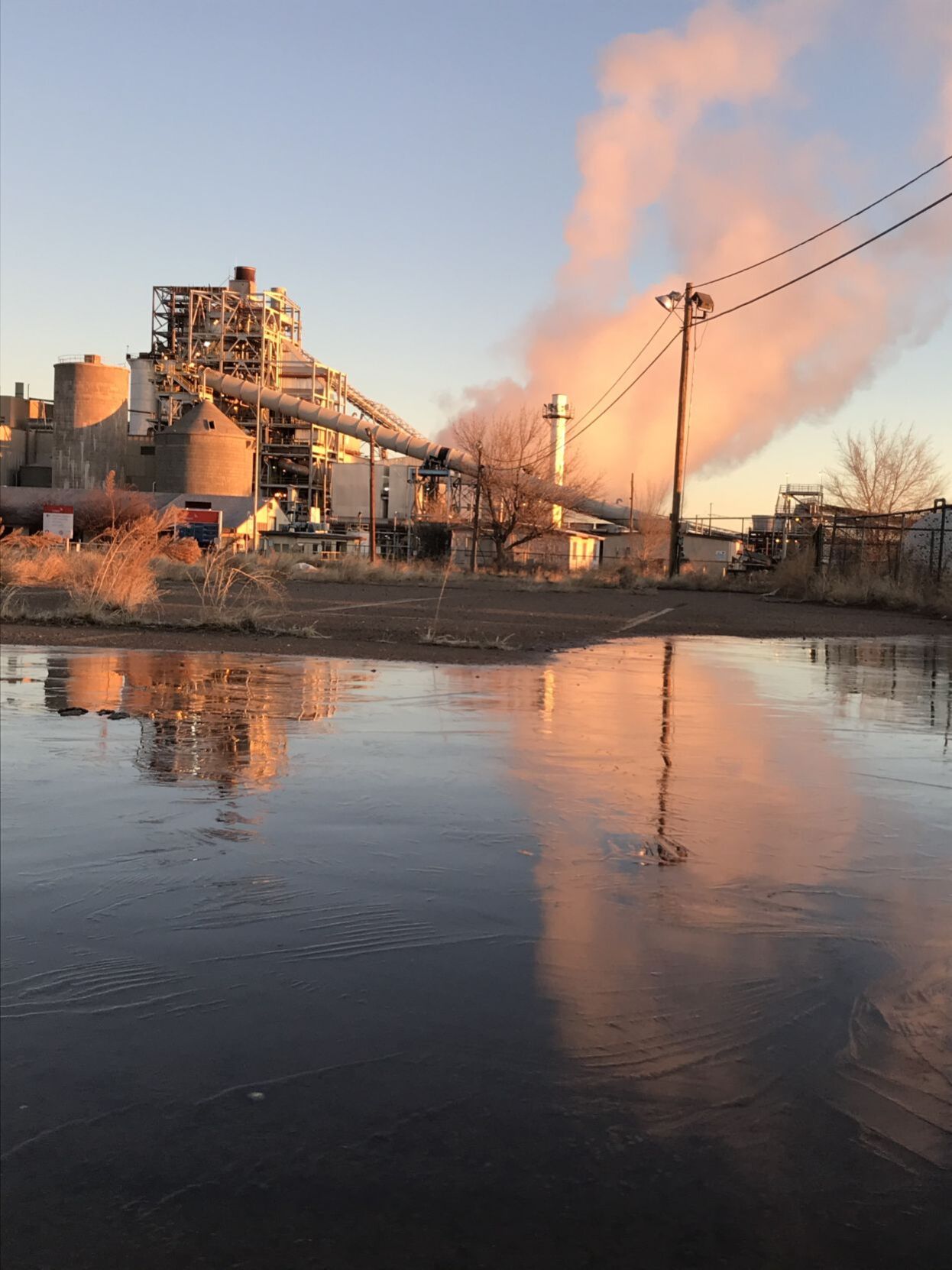
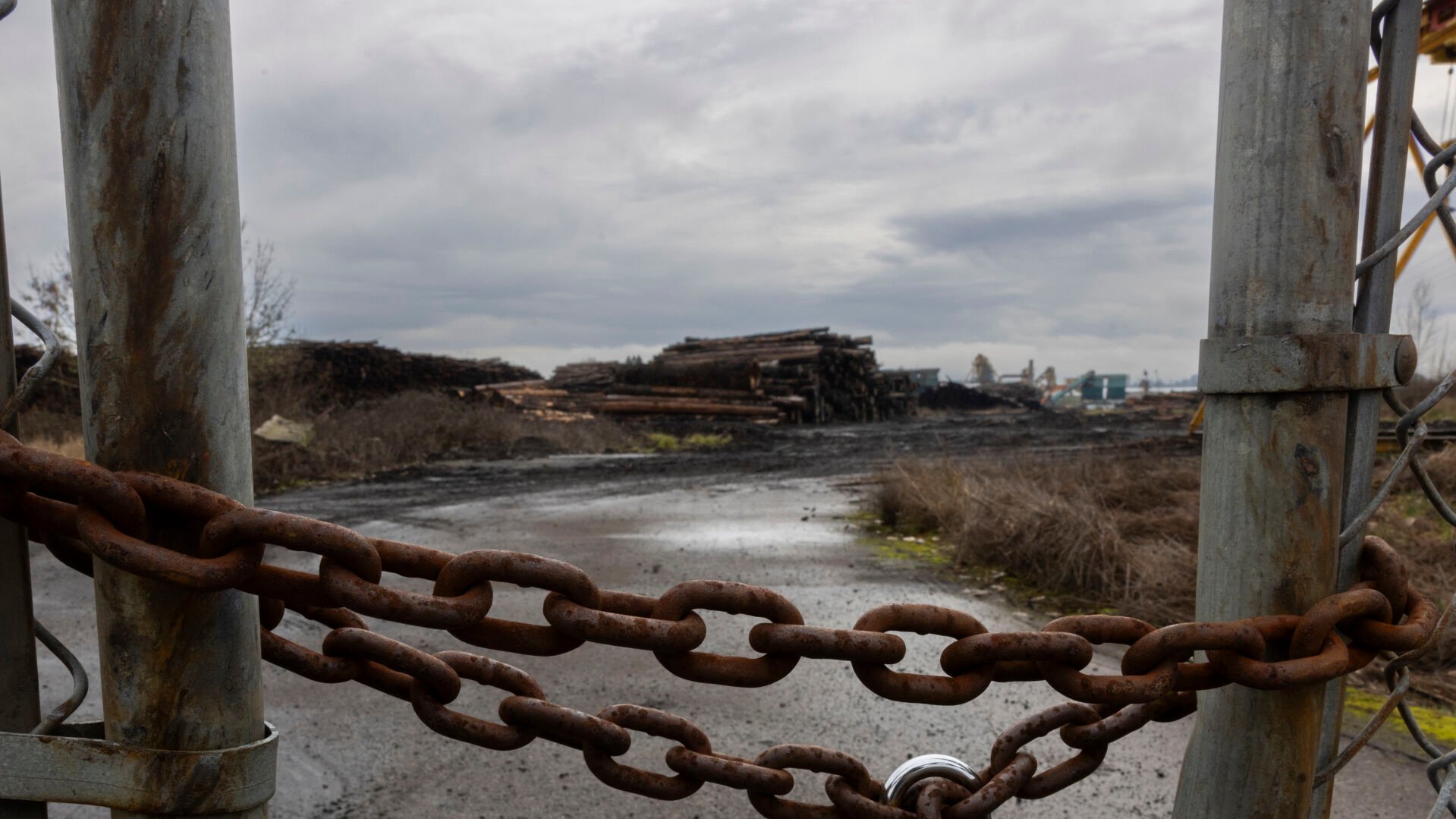

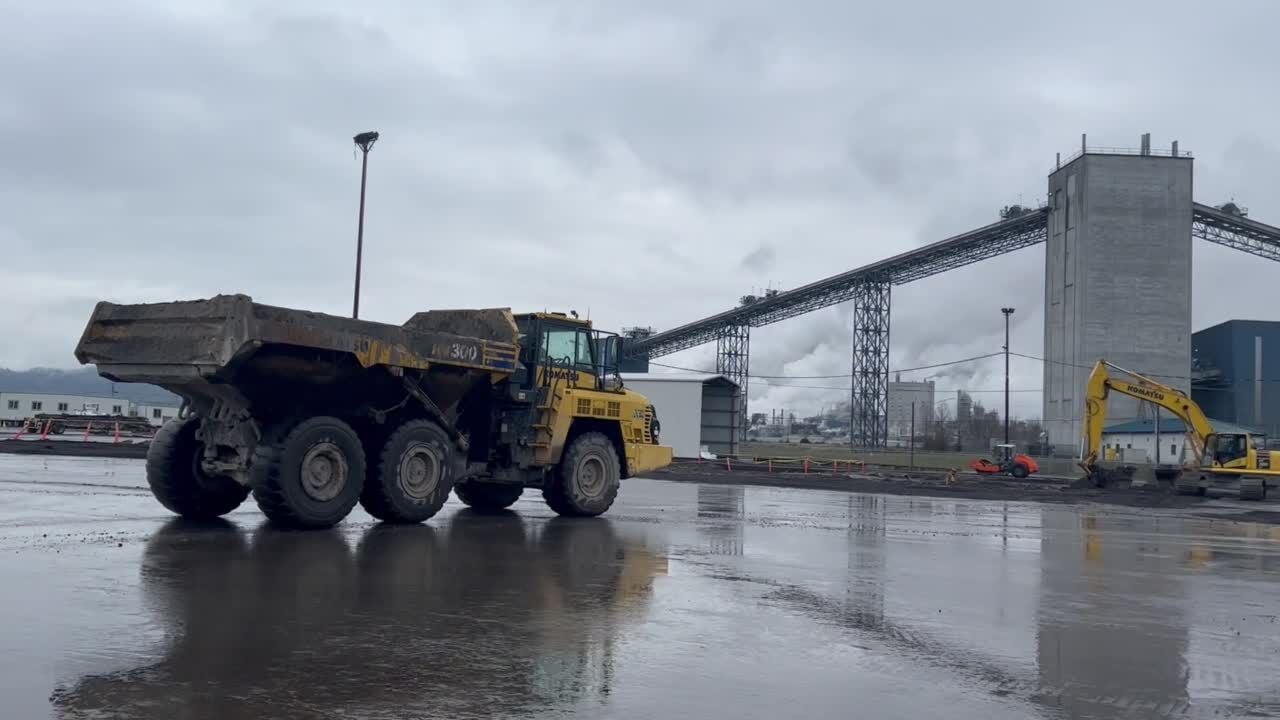

 VANCOUVER, BC — Western Forest Products reported a net loss of $14.3 million in the fourth quarter of 2023, as compared to a net loss of $17.4 million in the third quarter of 2023. Results in the fourth quarter of 2023 reflect lower realized pricing and shipment volumes on a stronger lumber sales mix, offset by lower stumpage rates as compared to the same period last year. Adjusted EBITDA was negative $1.2 million compared to negative $11.6 million in the third quarter of 2023. …Highlights in 2023 included… a $35.9 million agreement to sell a 34% interest in a new forestry limited partnership to four Vancouver Island First Nations. …The Company announced that Stephen Williams will step down from his role as Executive VP and CFO of the Company by the end of 2024. Western has commenced an executive search for a new Chief Financial Officer. Mr. Williams will remain in his role as Chief Financial Officer until his replacement is found.
VANCOUVER, BC — Western Forest Products reported a net loss of $14.3 million in the fourth quarter of 2023, as compared to a net loss of $17.4 million in the third quarter of 2023. Results in the fourth quarter of 2023 reflect lower realized pricing and shipment volumes on a stronger lumber sales mix, offset by lower stumpage rates as compared to the same period last year. Adjusted EBITDA was negative $1.2 million compared to negative $11.6 million in the third quarter of 2023. …Highlights in 2023 included… a $35.9 million agreement to sell a 34% interest in a new forestry limited partnership to four Vancouver Island First Nations. …The Company announced that Stephen Williams will step down from his role as Executive VP and CFO of the Company by the end of 2024. Western has commenced an executive search for a new Chief Financial Officer. Mr. Williams will remain in his role as Chief Financial Officer until his replacement is found.

 IDAHO – Faced with a formidably steep site, Skylab turned to prefab mass timber and on-site light-frame construction for the Humbird Hotel in Northern Idaho. The result is a meticulously designed 31-room, three-story boutique mountain resort that refines the alpine vacation experience by paying attention to details—big and small. This hybrid timber solution was not only well-suited to the project’s challenging locale, but reflects the area’s heritage, once the site of a working forest and sawmill. Beyond showmanship, the project’s generous use of wood serves triple-duty—as a light-weight, prefabricated, flexible building system well-suited for the hard-to-reach site; as a natural renewable material with biophilic, sustainable benefits; and as a warm, welcoming material historic to the region. Learn more about how wood made this project a reality in our new project profile.
IDAHO – Faced with a formidably steep site, Skylab turned to prefab mass timber and on-site light-frame construction for the Humbird Hotel in Northern Idaho. The result is a meticulously designed 31-room, three-story boutique mountain resort that refines the alpine vacation experience by paying attention to details—big and small. This hybrid timber solution was not only well-suited to the project’s challenging locale, but reflects the area’s heritage, once the site of a working forest and sawmill. Beyond showmanship, the project’s generous use of wood serves triple-duty—as a light-weight, prefabricated, flexible building system well-suited for the hard-to-reach site; as a natural renewable material with biophilic, sustainable benefits; and as a warm, welcoming material historic to the region. Learn more about how wood made this project a reality in our new project profile. 
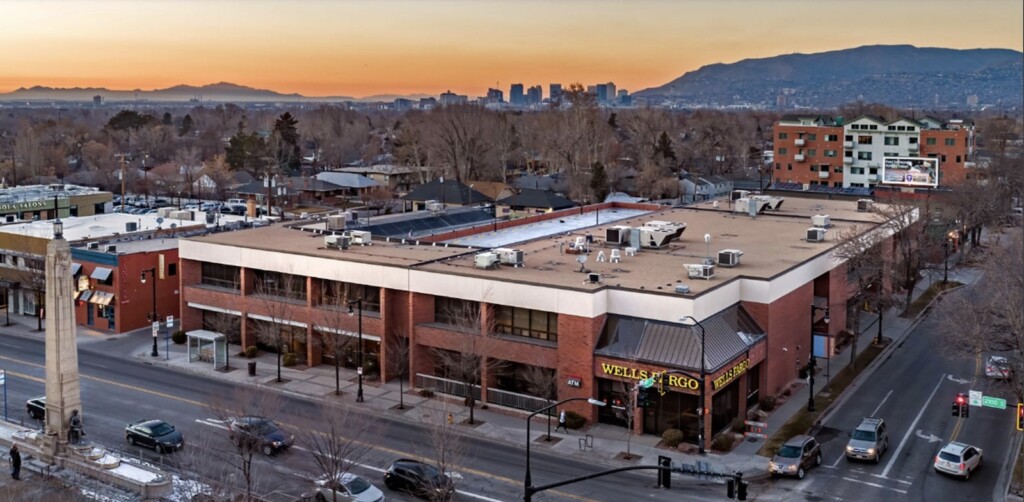
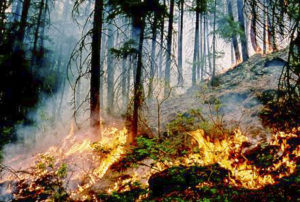 EVERETT, Washington — For some in the climate community, any change that occurs in the environment can be blamed on climate change. An example of this is the Feb. 3 commentary in the Weekend Herald, “
EVERETT, Washington — For some in the climate community, any change that occurs in the environment can be blamed on climate change. An example of this is the Feb. 3 commentary in the Weekend Herald, “




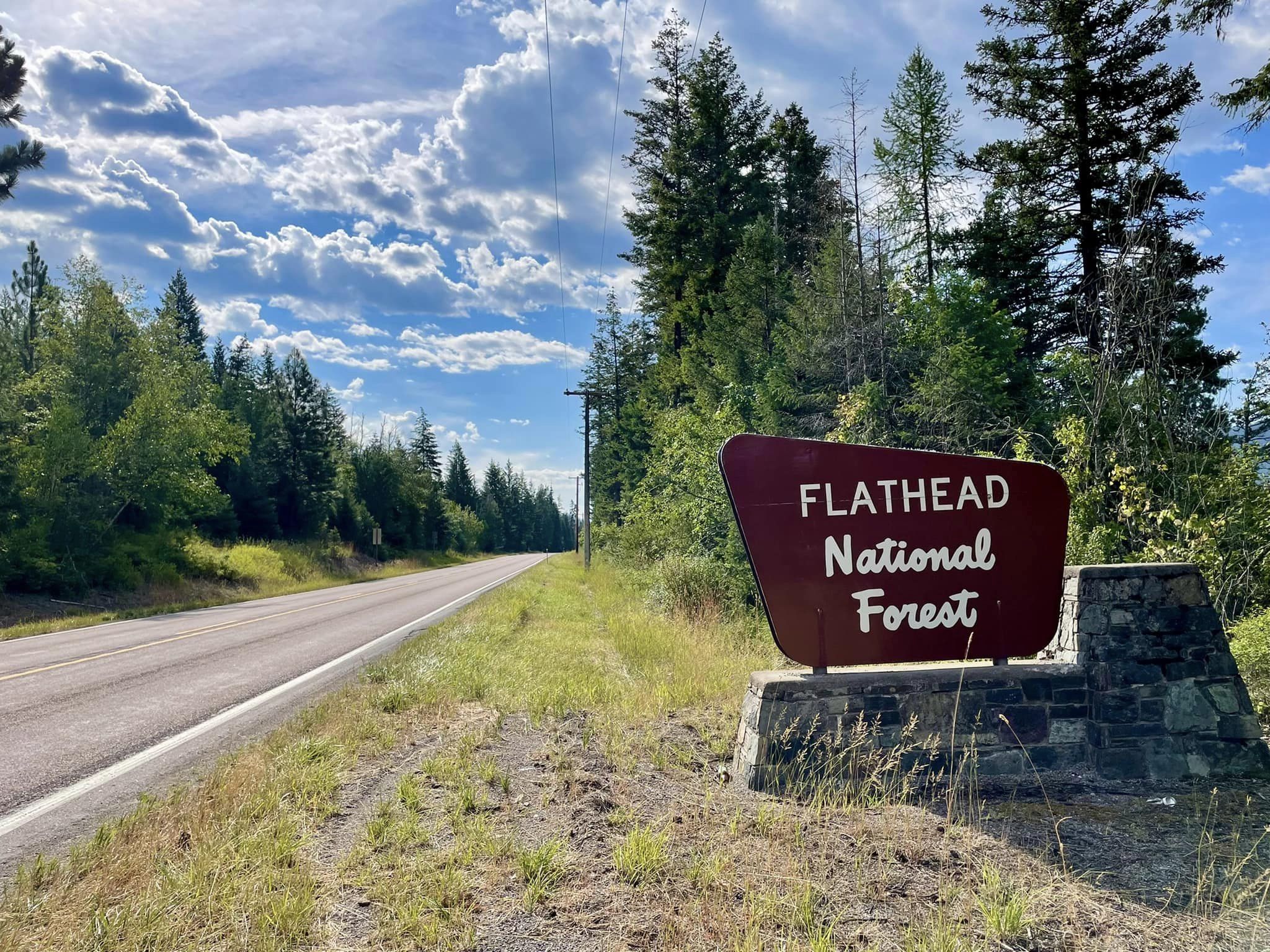 When should a road count as a road? Grizzly bears avoid roads — even ones that aren’t used by motor vehicles. So the Flathead National Forest is supposed to limit road density on forest land for that threatened species – and bull trout benefit, too. But a forest plan’s descriptions of roads — as “decommissioned” or “closed” or “impassable” — were one subject of arguments made this week in U.S. District Court in Missoula before Judge Kathleen DeSoto. In the case, conservation groups allege the U.S. Forest Service and Fish and Wildlife Service are again failing to protect grizzly bears and bull trout by skirting a tried and true way to account for roads. A lawyer for the Swan View Coalition and Friends of the Wild Swan said the agencies haven’t properly considered the displacement of bears or impacts to bull trout in a new forest plan with a new category of road.
When should a road count as a road? Grizzly bears avoid roads — even ones that aren’t used by motor vehicles. So the Flathead National Forest is supposed to limit road density on forest land for that threatened species – and bull trout benefit, too. But a forest plan’s descriptions of roads — as “decommissioned” or “closed” or “impassable” — were one subject of arguments made this week in U.S. District Court in Missoula before Judge Kathleen DeSoto. In the case, conservation groups allege the U.S. Forest Service and Fish and Wildlife Service are again failing to protect grizzly bears and bull trout by skirting a tried and true way to account for roads. A lawyer for the Swan View Coalition and Friends of the Wild Swan said the agencies haven’t properly considered the displacement of bears or impacts to bull trout in a new forest plan with a new category of road.


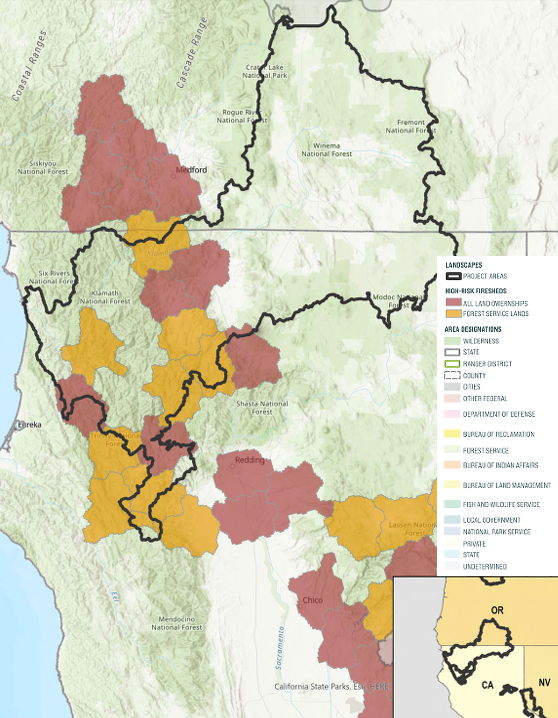
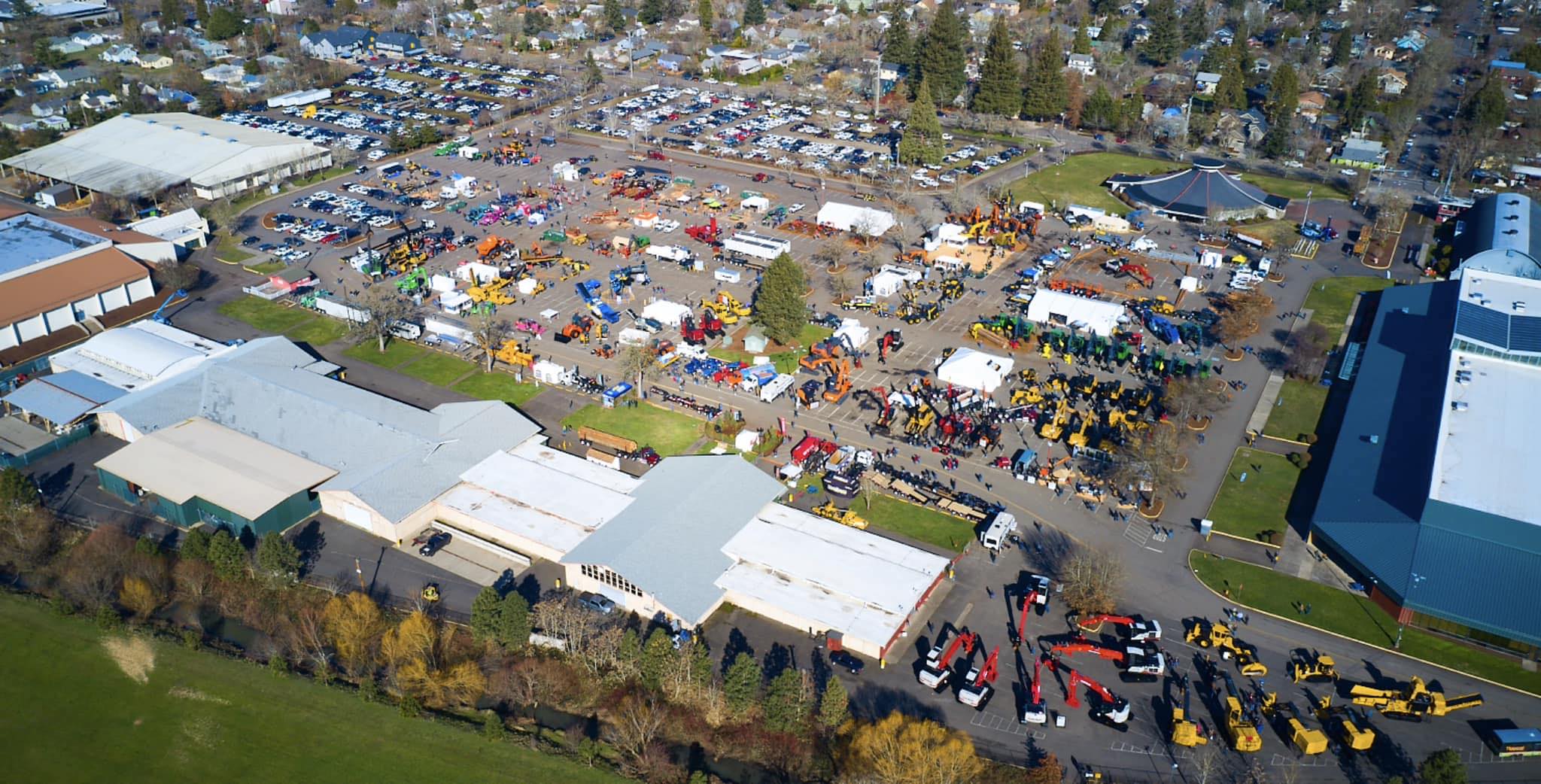

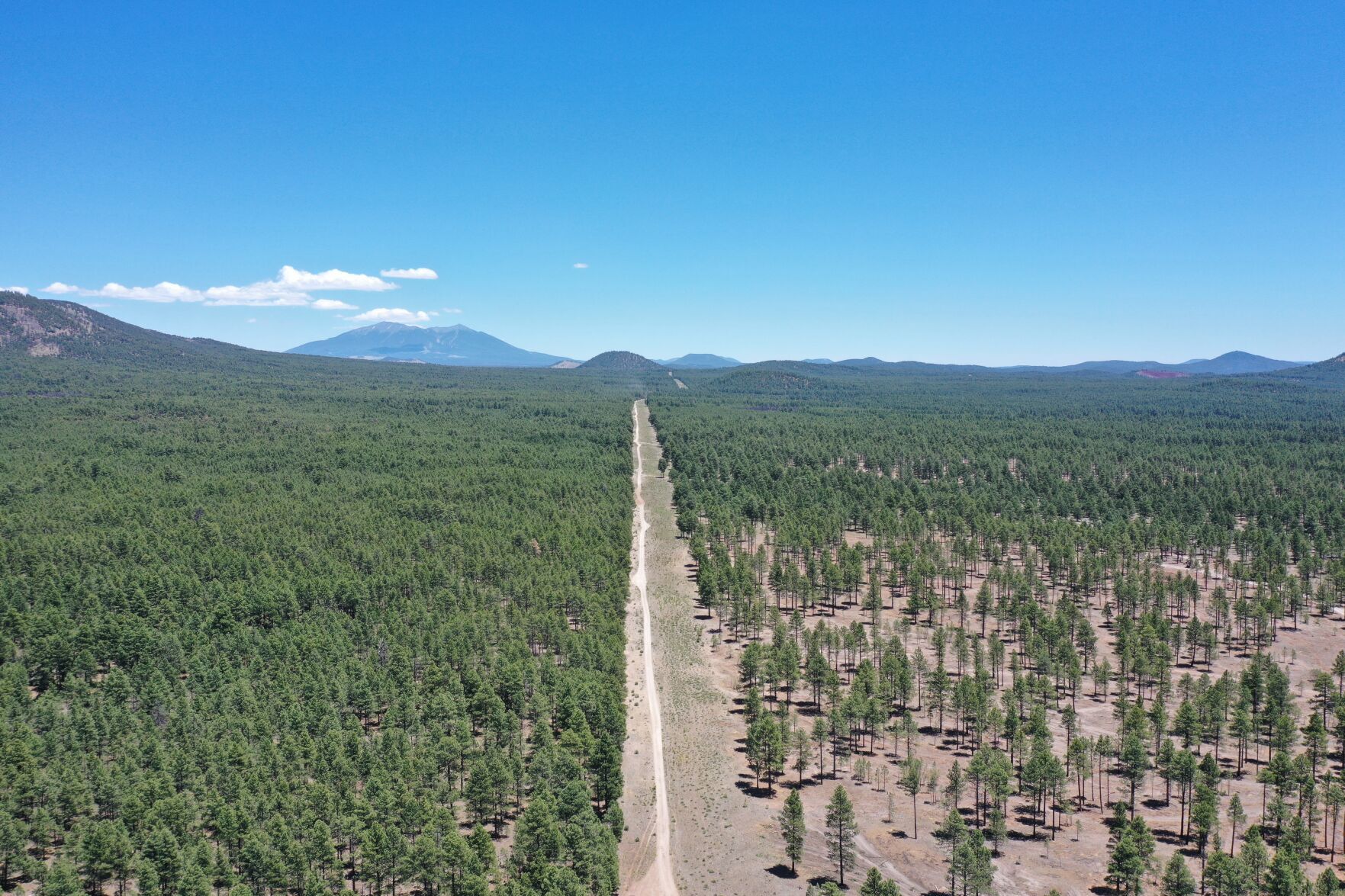
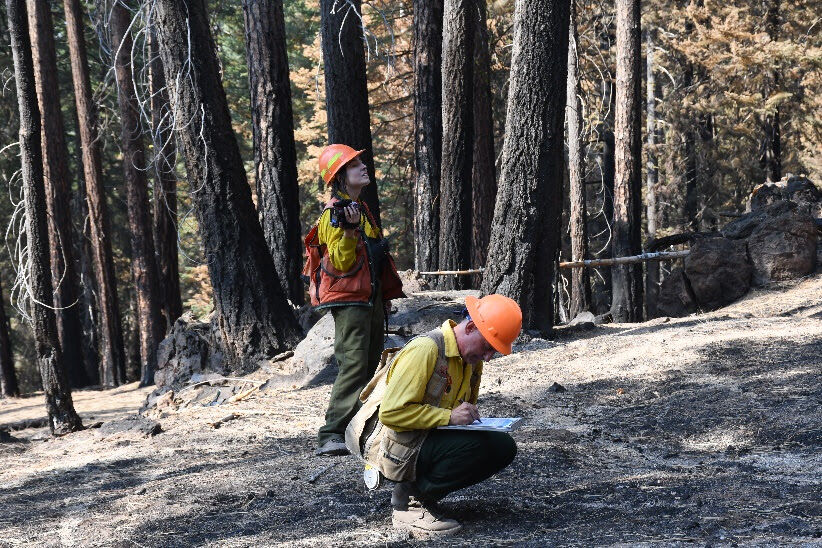

 PORT ANGELES — A program to boost the forest products industry in Clallam and Jefferson counties is moving ahead, with hopes of attracting new businesses and creating new jobs. Last year, the Clallam County Economic Development Council received $50,000 from the state Department of Commerce to set up its Natural Resources Innovation Center (NRIC), with the hopes of boosting a local forest products industry. Now the EDC is getting ready to stand up NRIC as a nonprofit organization to serve as a hub for forest product businesses to connect with other companies, find funding opportunities and access economic and feasibility studies. The group will be industry-led and work to find projects that are collectively beneficial for the industry and support small forest products businesses that may not be able to afford or conduct things like feasibility studies on their own.
PORT ANGELES — A program to boost the forest products industry in Clallam and Jefferson counties is moving ahead, with hopes of attracting new businesses and creating new jobs. Last year, the Clallam County Economic Development Council received $50,000 from the state Department of Commerce to set up its Natural Resources Innovation Center (NRIC), with the hopes of boosting a local forest products industry. Now the EDC is getting ready to stand up NRIC as a nonprofit organization to serve as a hub for forest product businesses to connect with other companies, find funding opportunities and access economic and feasibility studies. The group will be industry-led and work to find projects that are collectively beneficial for the industry and support small forest products businesses that may not be able to afford or conduct things like feasibility studies on their own.
/https://tf-cmsv2-smithsonianmag-media.s3.amazonaws.com/filer_public/32/60/32605540-8ef7-4c52-be91-9af6656a71fc/mar2024_h08_forestroaddeconstruction.jpg)

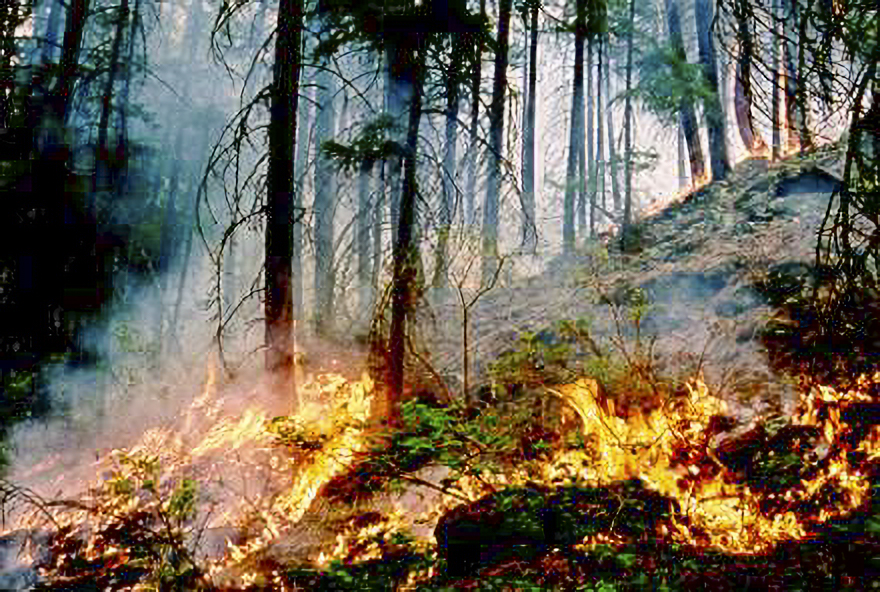 The new film “California’s Watershed Healing” documents the huge benefits that result from restoring forests to healthier densities. UC Merced’s
The new film “California’s Watershed Healing” documents the huge benefits that result from restoring forests to healthier densities. UC Merced’s  The state’s forests are much too dense and wildly overgrown. …Rural county officials see an additional reason to cut trees and clear forests: bringing back jobs lost in the long decline of logging. The accumulated biomass can be ground into pellets and sold for fuel in Japan and Europe. …Advocates contend the industry will be climate friendly and carbon neutral, but opponents say pellet plants already operating in the southeastern United States are neither. The U.S., they say, is paying the price of green energy in Europe. …Enviva claims it uses only treetops and branches in its plants, the kind of material the California plants also plan to use. But a whistleblower called that a joke. “We use 100% whole trees,” he said. The rural representatives in California claim their operation will be nothing like Enviva’s. “Our mission is to increase forest health,” said Blacklock.
The state’s forests are much too dense and wildly overgrown. …Rural county officials see an additional reason to cut trees and clear forests: bringing back jobs lost in the long decline of logging. The accumulated biomass can be ground into pellets and sold for fuel in Japan and Europe. …Advocates contend the industry will be climate friendly and carbon neutral, but opponents say pellet plants already operating in the southeastern United States are neither. The U.S., they say, is paying the price of green energy in Europe. …Enviva claims it uses only treetops and branches in its plants, the kind of material the California plants also plan to use. But a whistleblower called that a joke. “We use 100% whole trees,” he said. The rural representatives in California claim their operation will be nothing like Enviva’s. “Our mission is to increase forest health,” said Blacklock.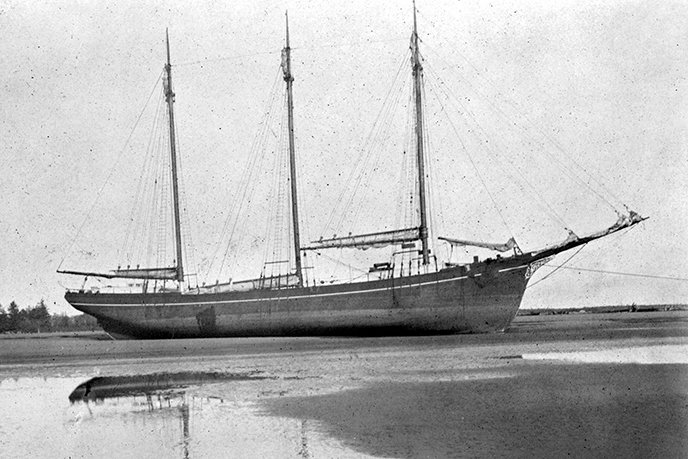
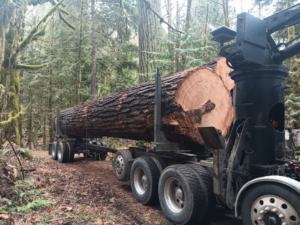 SAN FRANCISCO — When it came time to restore a late-19th century schooner at San Francisco Maritime National Historical Park, the National Park Service placed a call to the U.S. Forest Service. The ship is the C.A. Thayer, a vessel that first launched in 1895… was used to carry lumber from the Puget Sound into San Francisco and Los Angeles, and Australia. The wooden-hulled, three-mast schooner is routinely restored as part of preventive maintenance, but finding the right size and dimensions for lumber can prove challenging and costly. …Through a Federal Free to Use request the Mount Baker-Snoqualmie National Forest was able to donate the trees for the ship’s restoration. …The Cedar and Douglas Fir were felled after it was concluded that the trees were a hazard in the campground due to root rot. Their time on the forest might have been coming to an end, but a second life was waiting.
SAN FRANCISCO — When it came time to restore a late-19th century schooner at San Francisco Maritime National Historical Park, the National Park Service placed a call to the U.S. Forest Service. The ship is the C.A. Thayer, a vessel that first launched in 1895… was used to carry lumber from the Puget Sound into San Francisco and Los Angeles, and Australia. The wooden-hulled, three-mast schooner is routinely restored as part of preventive maintenance, but finding the right size and dimensions for lumber can prove challenging and costly. …Through a Federal Free to Use request the Mount Baker-Snoqualmie National Forest was able to donate the trees for the ship’s restoration. …The Cedar and Douglas Fir were felled after it was concluded that the trees were a hazard in the campground due to root rot. Their time on the forest might have been coming to an end, but a second life was waiting.